6 Bulbs to Plant Now for Spring
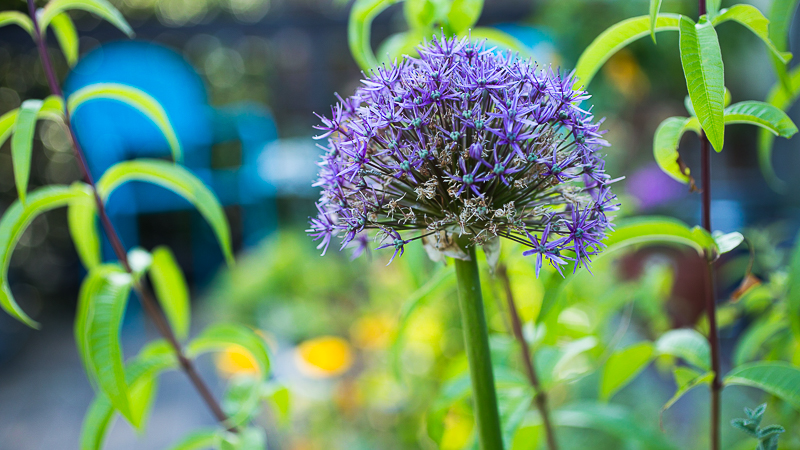
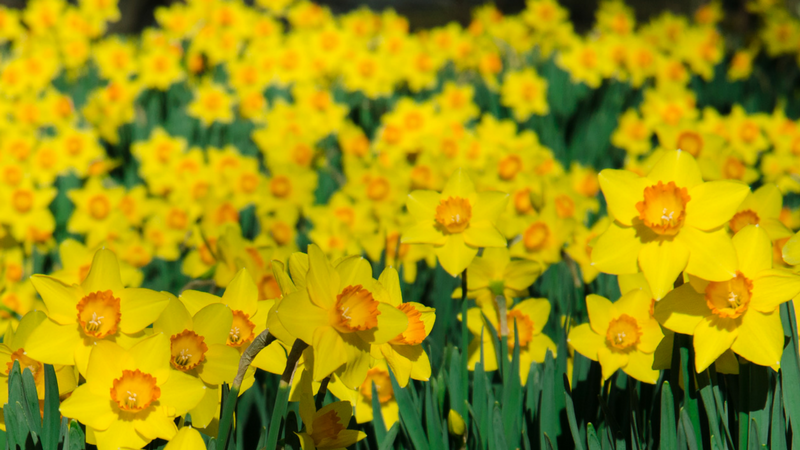
I’ll take flowers in any season, but flowers that follow winter always stop me in my tracks. Especially when materializing (as if out of nowhere) from their earthy hibernation.
Perennial shrubs like red flowering currant, Ribes sanguineum, and serviceberries are both incredibly reliable, luring in bees and providing a welcome flash of color. The blooms of fruit trees are equally as refreshing. Cherry, plum, and apple blossoms speak to the promise of picking and pies to come. And of course flowering bulbs are tops on the list.
Fall is, in fact, the best time to plant most perennials, including bulbs. But if it’s just bulbs you’re after, here’s my shortlist.
- I usually start with daffodils, Narcissus spp., and sometimes that’s where I stop. If you have issues with gophers, voles, squirrels, deer or all of the above this is the plant for you. They’re toxic if ingested so are generally left alone by critters. I’ll occasionally find them in random places, moved and replanted by squirrels, but that’s part of the fun. Most daffodils are hardy to zone 5 and may need to be forced if you live in a warm climate. Otherwise they’re fairly carefree. Plant 4 to 6 inches deep and group them together for visual impact. (See How to Care for Spring Bulbs for images.)

- Alliums are equally as rewarding. They’re deer and rodent resistant, thanks to their naturally fragrant nature, and they come in all shapes and sizes. From chives and spring onions to their showy cousins like globe allium, growing 3 feet tall or more with an impressive floral display. They’re incredible when planted in groups and tucked in between perennials. Planting depth depends on the size of the bulb (the rule is 2 to 3 times as deep as the bulb is tall) but you may want to double check depending on the variety you’ve chosen. Use gopher baskets if you garden in gopher country, just in case.
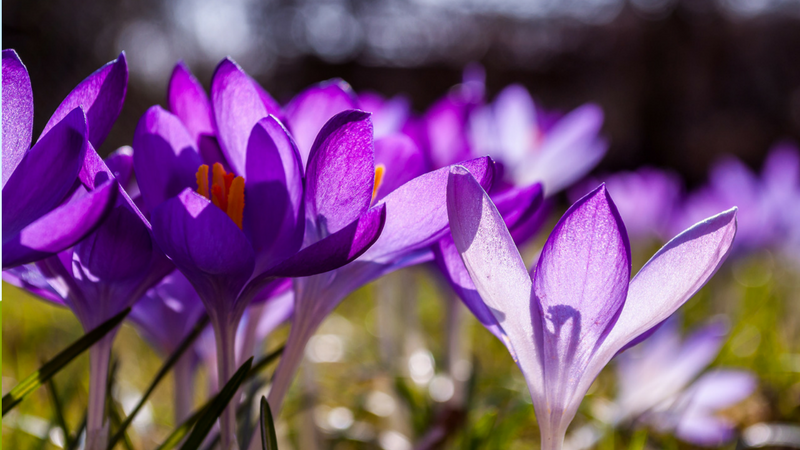
- Crocus blossoms remind me of garden sprites. If there’s a flower fairy, this is it. They’re some of the first to bloom and are so cheerful it almost hurts. They’re also small, usually growing 2 to 4 inches tall, but can be found to push up through the snow in spring. Plant them in large groups to get the biggest bang for your buck — and to make harvesting your own saffron easier.
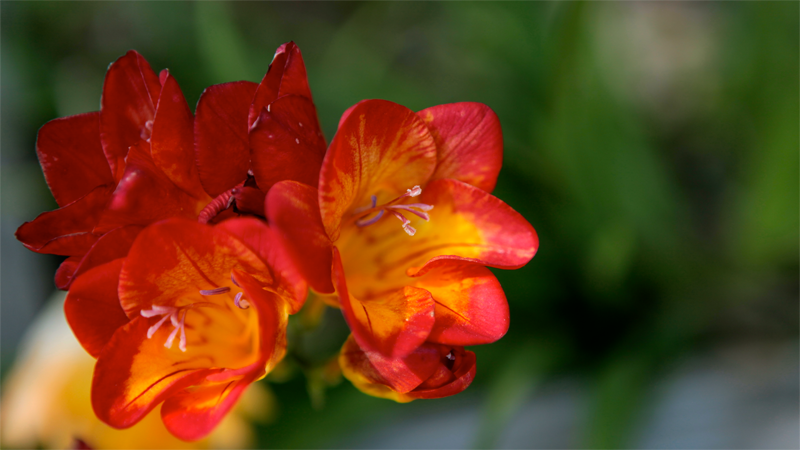
- Freesia seems to be one of those plants we expect to see in a bouquet but are often forgotten when it comes to fall planting. It’s a cousin of the Iris (note the leaf formation) and is a wonderful addition to a container garden. I have them growing here and there in raised beds to keep snap peas and greens company but you can also grow them in most locations with good soil, in a border, along paths, etc. They’re not cold hardy and don’t overwinter in zones below 9 however try planting in spring if you’re in zone 8.
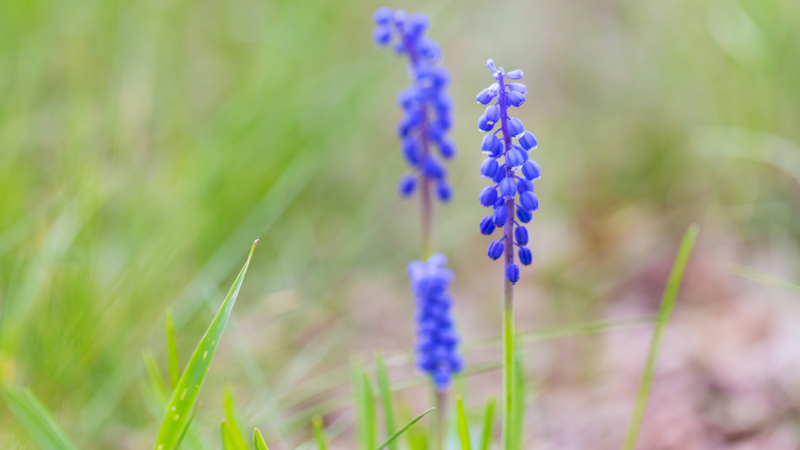
- I fell in love with grape hyacinth, Muscari spp., when in the UK after visiting Sissinghurst Castle garden. As you can see in the bottom image from that post, Sissinghurst Castle Garden, they’re amazing when grown to naturalize as a carpet of flowers. Like freesia, they often send up foliage in fall, they’re hardy, short in stature and can be grown nearly anywhere, in pots, borders or under tree-scapes like at Sissinghurst.
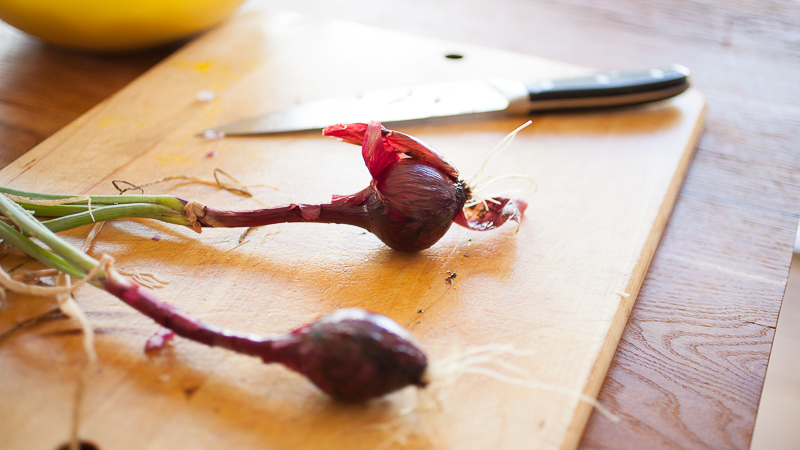
- Lastly, you can’t forget onions, shallots, and garlic. They may not be as showy as the others, but the reward comes with harvesting for soups and other late winter and spring dishes. Plus the scapes of garlic are beautiful, flavorful, and something you’ll never find at your local grocery. Plant under a few inches of soil covered with a thick layer of mulch and try soaking the individual bulbs (with the paper intact) in liquid seaweed ahead of time to increase success.
I say if your ground isn’t frozen, plant some bulbs. Remember, the general rule of thumb is to plant them 2 to 3 times as deep as the bulb is tall and always plant with the roots down and the pointy tip facing up. If you’re planting more than a handful at a time you’ll want to borrow or invest in a bulb planting tool. (They’re amazing.) And don’t forget gopher baskets if you think there’s a chance your bulbs will be foraged by one animal or another.
Other articles you may enjoy:
How to Care for Spring Bulbs Once They’ve Bloomed
Plant Pick: California Poppies
*This article is an updated, revised version of an earlier article titled: 7 Bulbs to Plant Now For Spring
Listen
Buy The Book
Special offers
Newsletter Signup
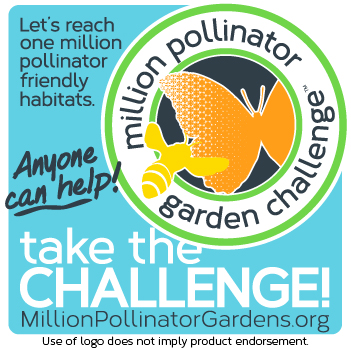
Archives
Disclosure
Pass The Pistil is a participant in the Amazon Services LLC Associates Program and other affiliate programs such as Etsy, affiliate advertising programs designed to provide a means for sites to earn fees by advertising and linking to curated affiliate sites.

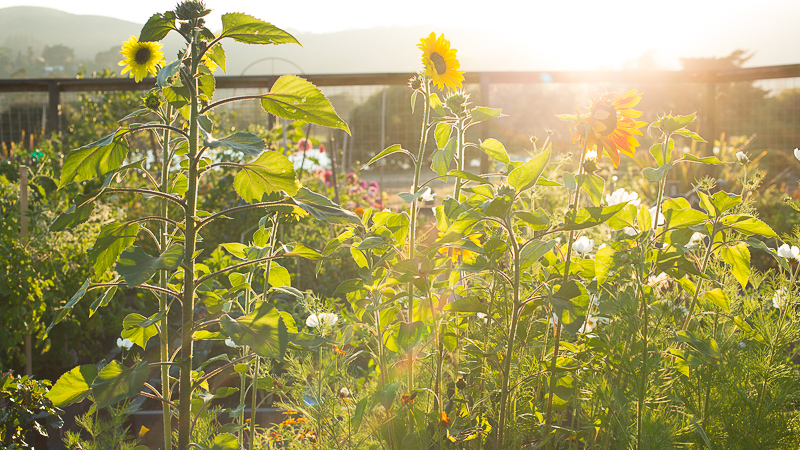
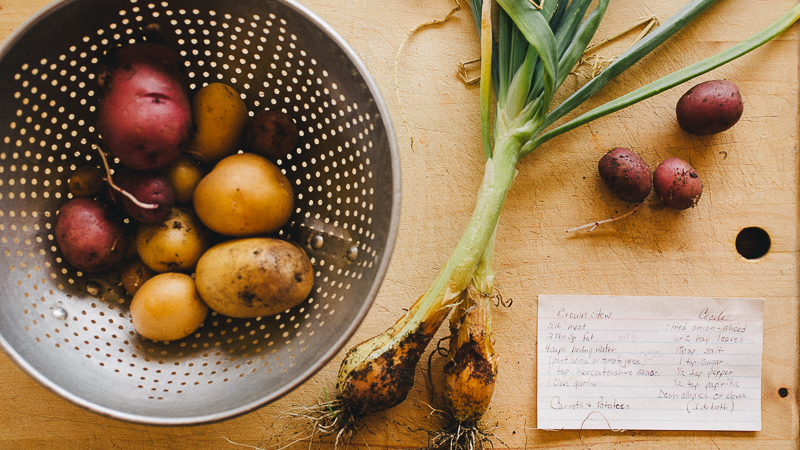






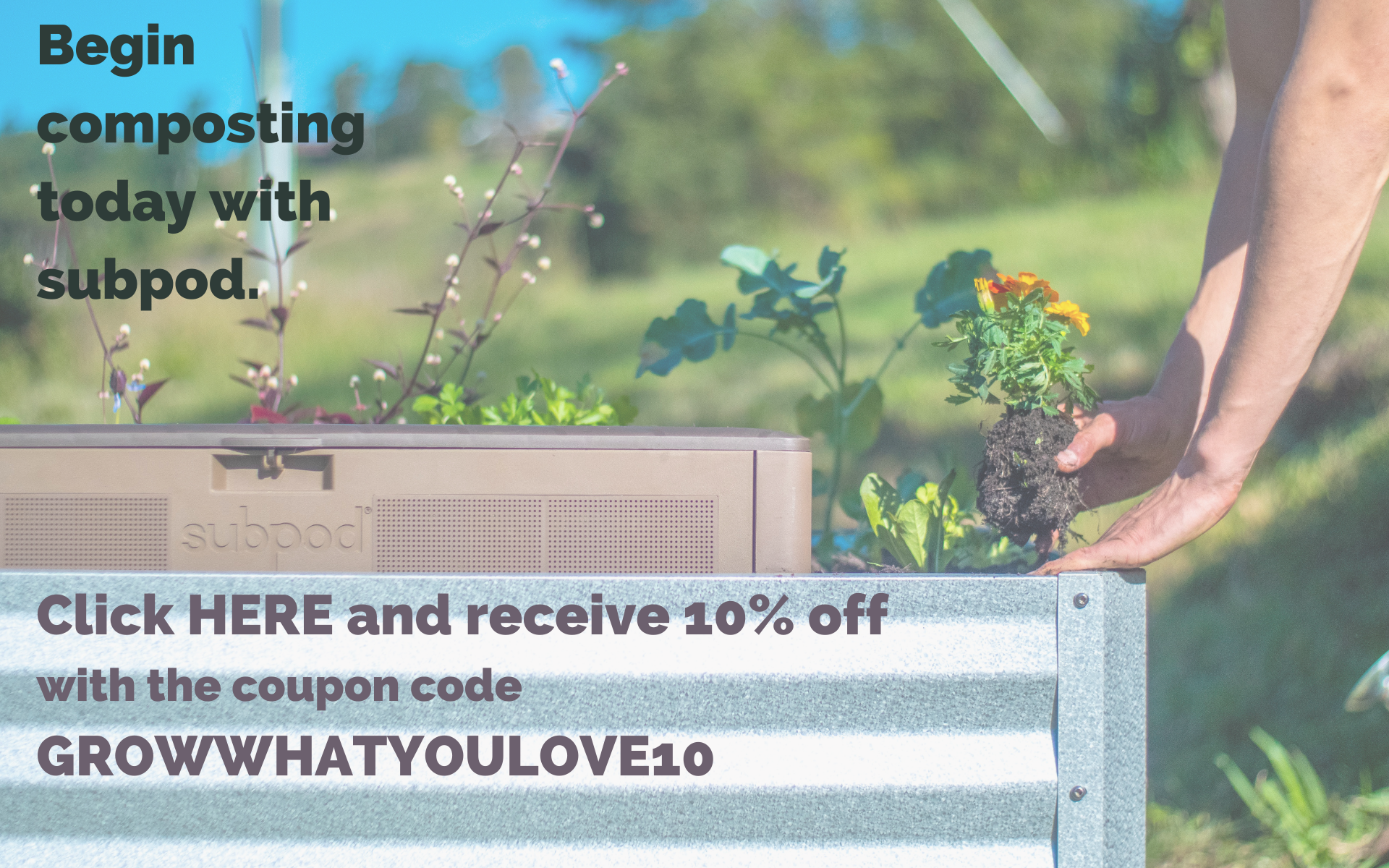
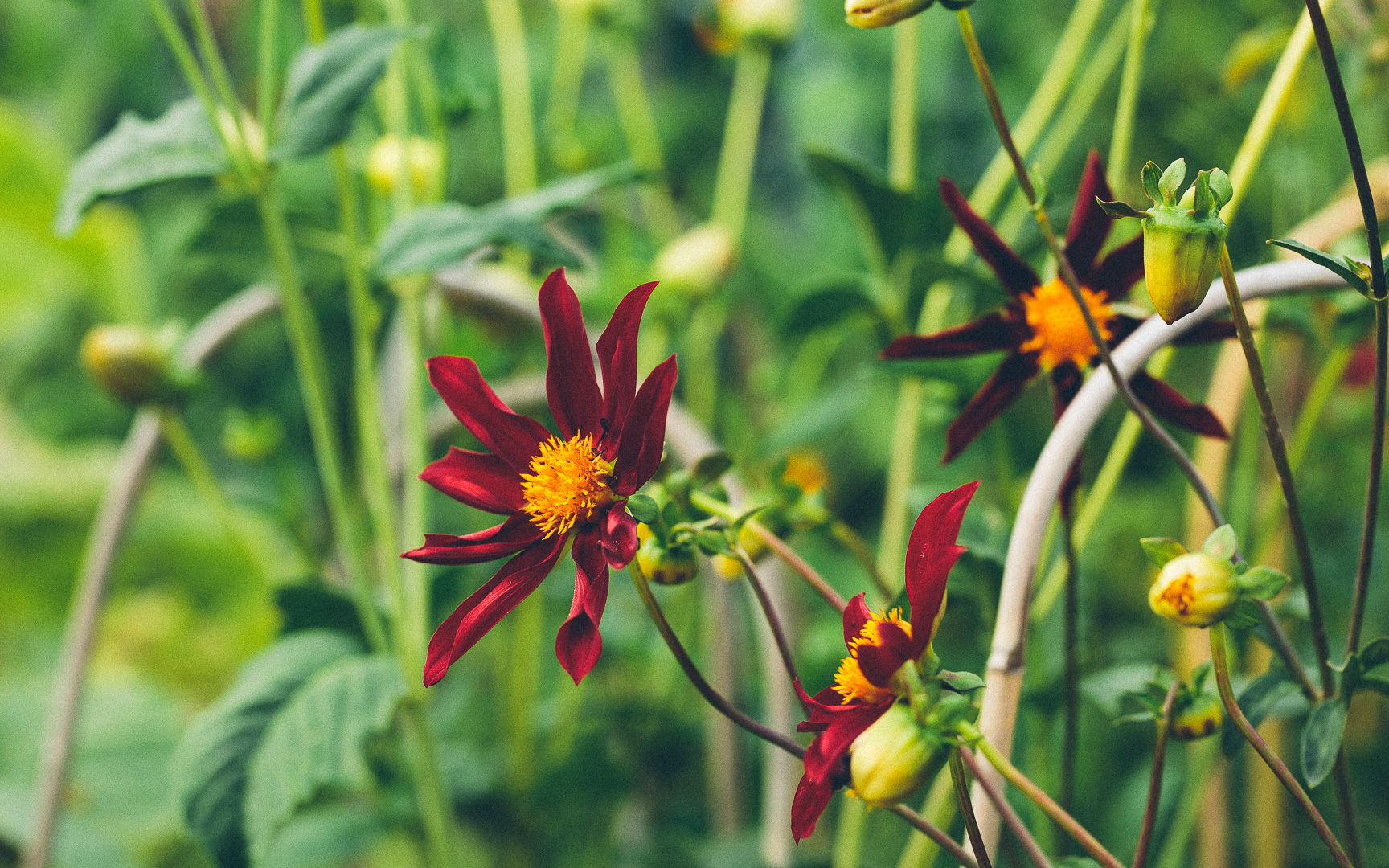

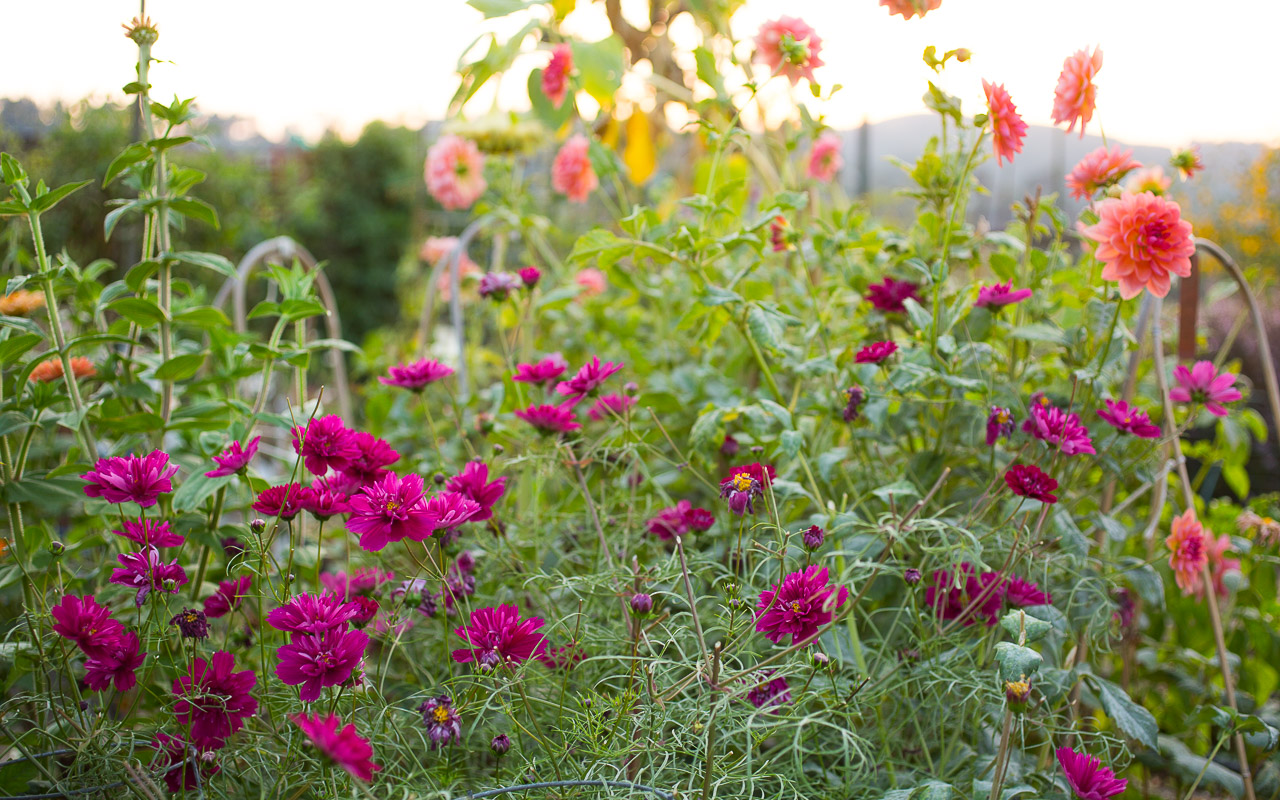
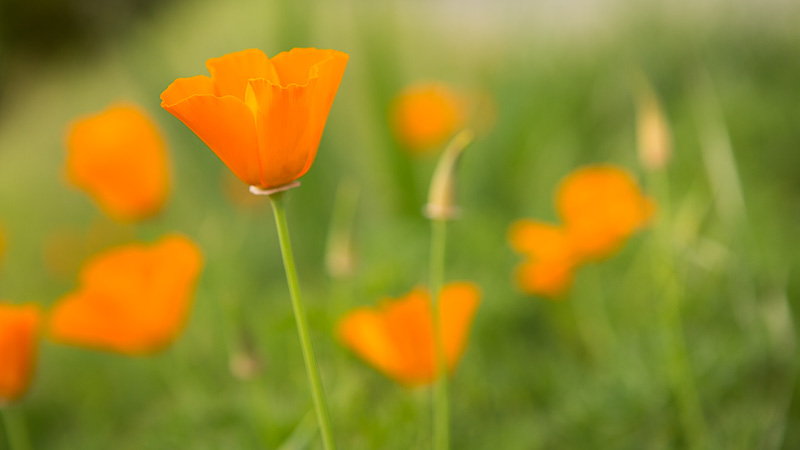
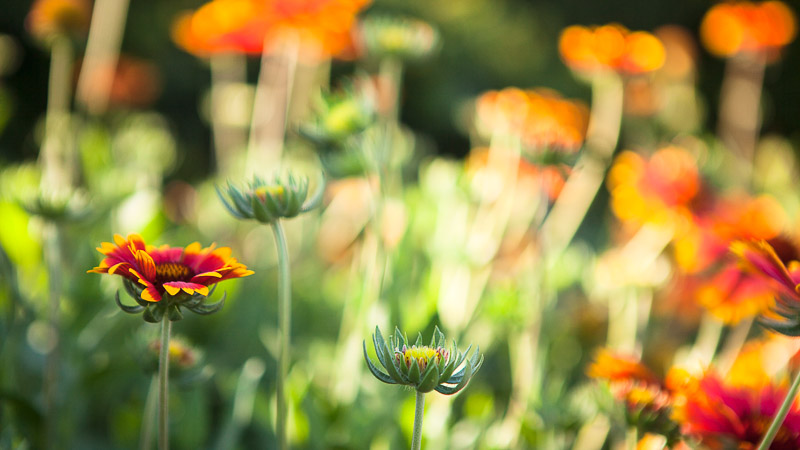
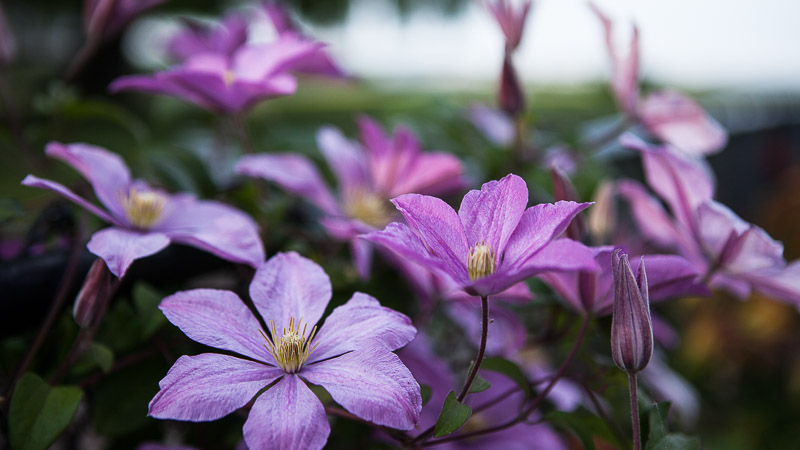
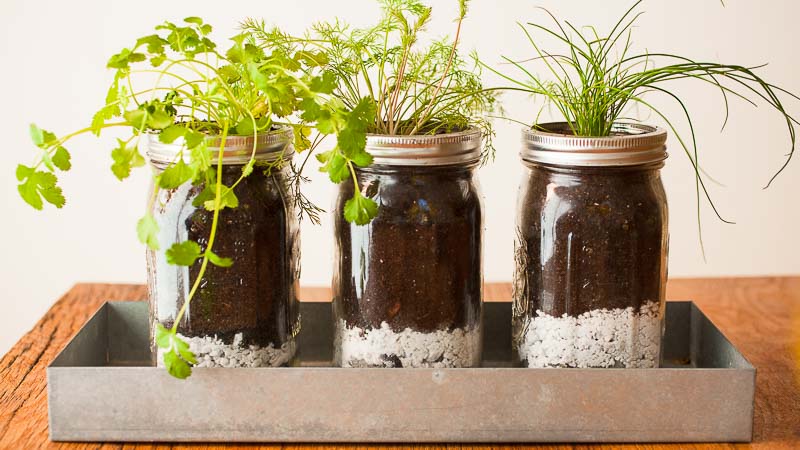
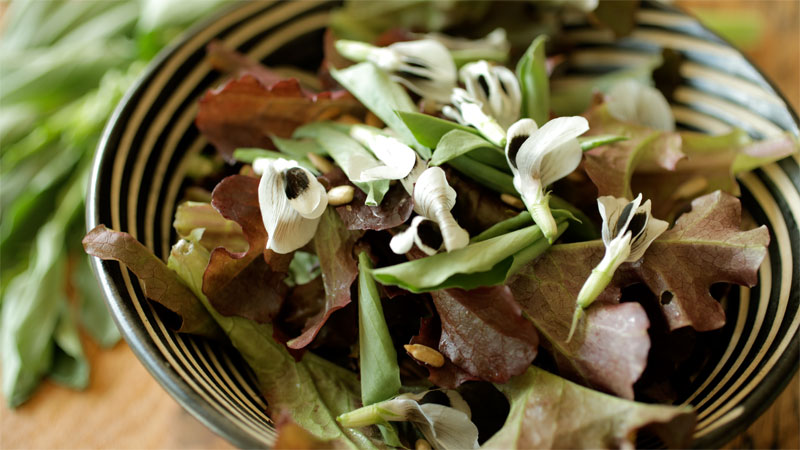
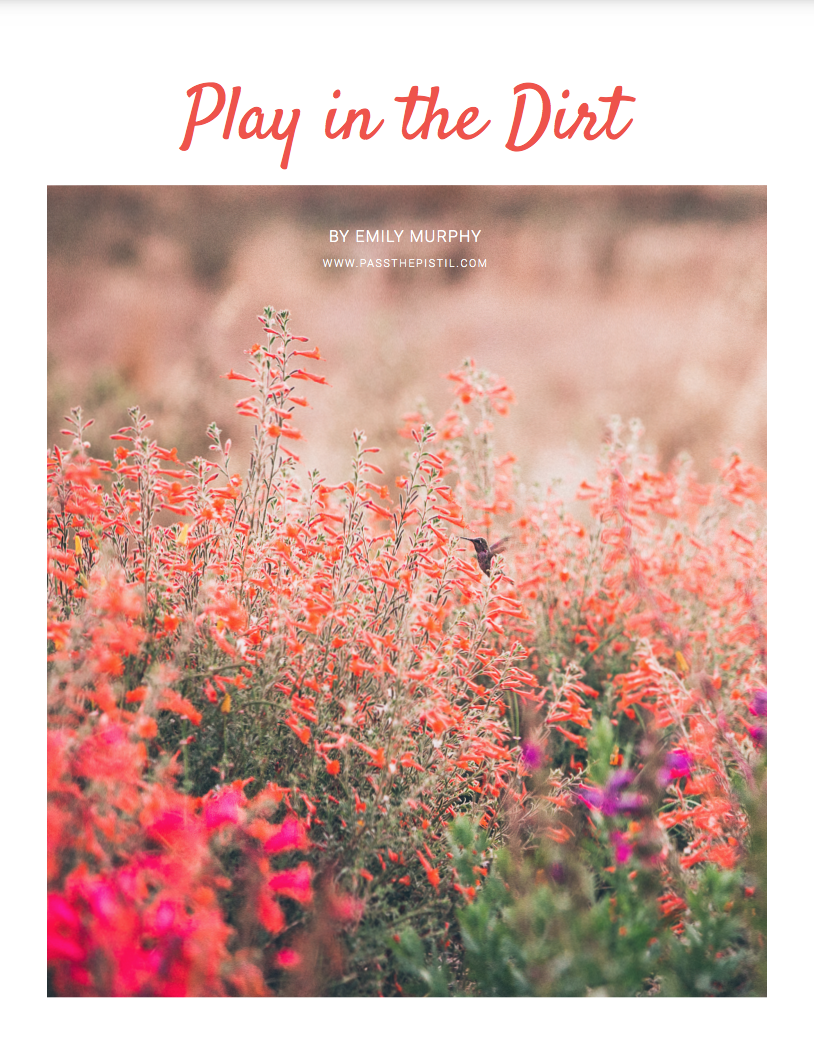

Hi Emily,
I ordered and planted crazy numbers of bulbs this year, and sadly didn’t get them all in since we’ve had the early cold weather in the Northeast. My game plan is to go out with a pickaxe this weekend and plant as many as possible anyway! Also, some are destined for the fridge and I’m going to force them. Hopefully!
There’s nothing like dreaming of Spring!
Caroline
I love bulbs and grow some species of each of the genera you mention, except for the freesias, which I plan to try one of these days. Are you in gopher country? Fortunately I’m not, but I do have voles, which are probably a similar nuisance.
Good luck with the planting!